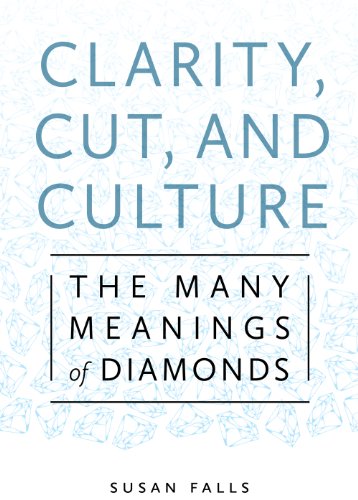

Most ebook files are in PDF format, so you can easily read them using various software such as Foxit Reader or directly on the Google Chrome browser.
Some ebook files are released by publishers in other formats such as .awz, .mobi, .epub, .fb2, etc. You may need to install specific software to read these formats on mobile/PC, such as Calibre.
Please read the tutorial at this link: https://ebookbell.com/faq
We offer FREE conversion to the popular formats you request; however, this may take some time. Therefore, right after payment, please email us, and we will try to provide the service as quickly as possible.
For some exceptional file formats or broken links (if any), please refrain from opening any disputes. Instead, email us first, and we will try to assist within a maximum of 6 hours.
EbookBell Team

4.1
100 reviewsImages of diamonds appear everywhere in American culture. And everyone who has a diamond has a story to tell about it. Our stories about diamonds not only reveal what we do with these tiny stones, but also suggest how we create value, meaning, and identity through our interactions with material culture in general.
Things become meaningful through our interactions with them, but how do people go about making meaning? What can we learn from an ethnography about the production of identity, creation of kinship, and use of diamonds in understanding selves and social relationships? By what means do people positioned within a globalized political-economy and a compelling universe of advertising interact locally with these tiny polished rocks?
This book draws on 12 months of fieldwork with diamond consumers in New York City as well as an analysis of the iconic De Beers campaign that promised romance, status, and glamour to anyone who bought a diamond to show that this thematic pool is just one resource among many that diamond owners draw upon to engage with their own stones. The volume highlights the important roles that memory, context, and circumstance also play in shaping how people interpret and then use objects in making personal worlds. It shows that besides operating as subjects in an ad-burdened universe, consumers are highly creative, idiosyncratic, and theatrical agents.